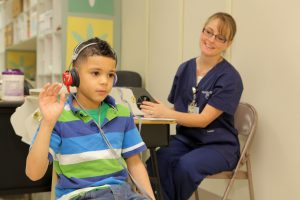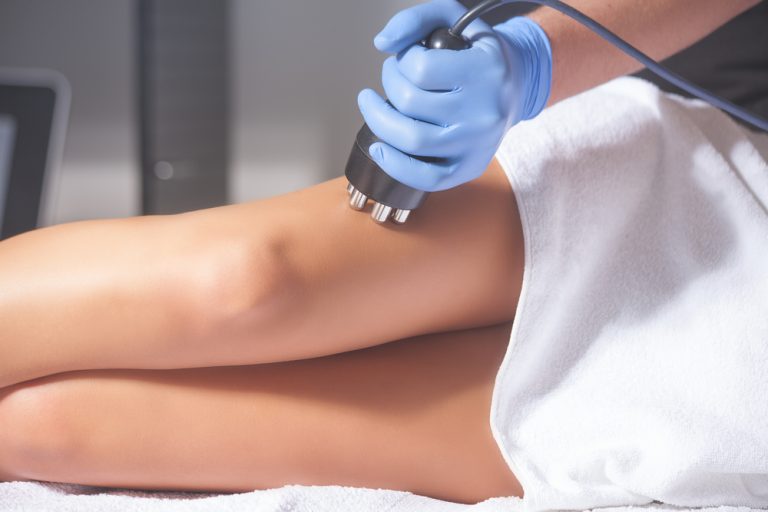A weakened core and discomfort can result from diastasis recti, when abdominal muscles separate during pregnancy. Gently exercising, breathing properly, and receiving prenatal massage sg can speed recovery and restore abdominal integrity. Postpartum women often experience lower back discomfort, instability, and body confidence issues. Understanding the healing process and using focused measures helps new mothers restore strength and reduce long-term issues. A mindful core rehabilitation prepares for a healthier, more resilient postpartum journey.
The Implications of Diastasis Recti
Stretching the linea alba, which attaches the rectus abdominis sides, causes diastasis recti. The abdominal wall thins and spreads as the uterus grows, allowing the muscles to separate. This separation may persist after delivery, generating a midline ridge when abdominal muscles contract. Beyond cosmetics, a weak core can influence posture, pelvic floor dysfunction, and hernia risk. Recognizing indicators like back pain, difficulties activating the core, or an abdominal bulge is the first step to postpartum healing.
Soft Core Exercises
Mild activation exercises help rebuild core strength without straining strained tissues. New mothers engage their transverse abdominis, the deep stabilizing muscle layer, with pelvic tilts. After resting on their back with legs bent, they inhale to prepare and exhale while pulling the navel toward the spine for a few seconds before releasing. Kegel exercises engage pelvic floor muscles, which function with the core. Moving to modified heel slides, heel drops, and wall-assisted planks as strength increases recruits’ muscles gradually without closing the gap. Consistency and patience strengthen the linea alba without stressing the separation.

Breathing Techniques for Recovery
Conscious breathing helps mend diastasis recti by stabilizing and relaxing the core. Diaphragmatic breathing involves deep nose inhalation, belly expansion, and gradual exhalation while drawing the lower ribs and abdomen in. This controlled exhale softly engages the transverse abdominis and narrows the diastasis. Breathing control makes every movement lifting a baby, bending to pick up objects, or changing positions less stressful on belly tissues. These strategies improve physical recuperation and relax the nervous system, boosting mental resilience throughout postpartum.
Postural Awareness and Alignment Matter
Proper posture protects the healing core. Many women support or carry their babies with a forward-leaning attitude after childbirth, straining the abdominal wall. Neutral spine alignment ears over shoulders, shoulders over hips, hips over ankles distributes weight evenly and relieves lower back tension. Drawing the shoulders back and mildly engaging the core when standing prevents a protruding belly and maximizes muscular recruitment. Supportive pillows or lumbar rolls assist sit upright. Postural assessments throughout the day reduce the chance of re-injury and speed abdominal muscle healing.
Gentle core activation, attentive breathing, postural awareness, and supportive diet are needed to heal diastasis recti. Adding prenatal massage sg can improve circulation and reduce muscular tension, speeding healing. Postpartum women can regain abdominal strength and stability by accepting their body’s requirements, pacing development, and obtaining expert help.












